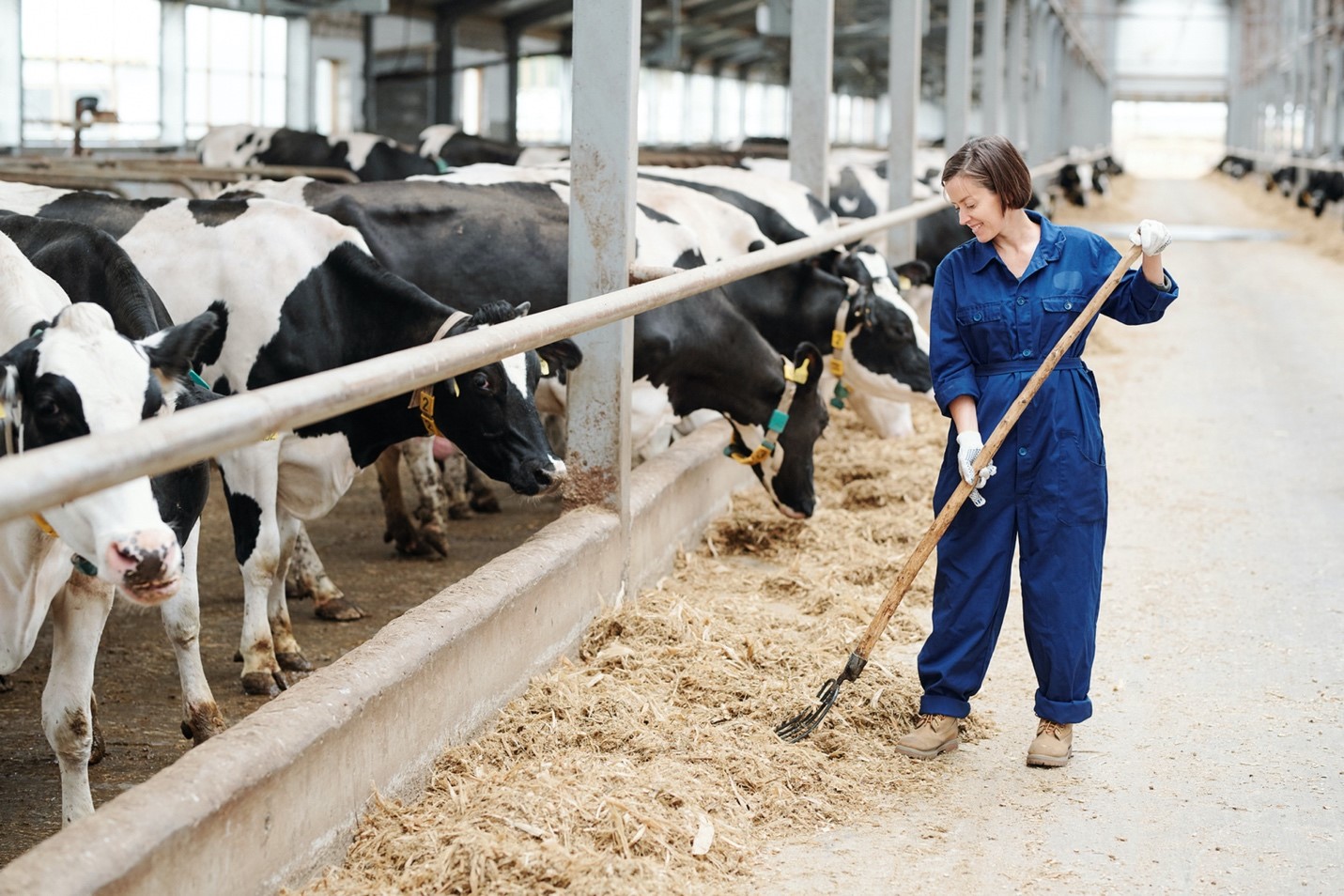20th Anniversary of UN's #WorldMilkDay
In 2001, the Food and Agriculture Organization of the United Nations launched World Milk Day to recognize the important role of milk in our global food system. This year is the 20th anniversary of #WorldMilkDay, and campaigns are underway worldwide to share the message of how milk is nourishing families and strengthening communities. Glanbia is proud to be a part of the celebrations every year and invites you to raise a glass to the goodness of milk!
Nutrition Benefits of Dairy
The Dietary Guidelines for Americans identifies dairy as part of a healthy eating pattern and recommends Americans shift their eating habits to include more nutrient-dense foods such as dairy.1 Dairy is known as a major source of calcium and vitamin D in the American diet. Calcium supports healthy bones and teeth, as well as proper muscle and nerve function, while vitamin D is involved in calcium absorption and immune system regulation.
The proteins found in milk are also highly nutritious. Both casein and whey proteins are considered complete proteins. Since they contain the right balance of all the essential amino acids, the body is able to utilize all of the protein. These proteins are especially valuable in muscle growth and maintenance. In addition, casein improves the absorption of certain minerals like zinc.


